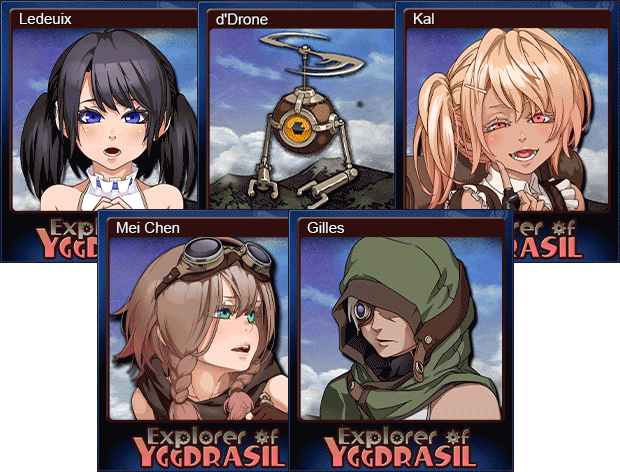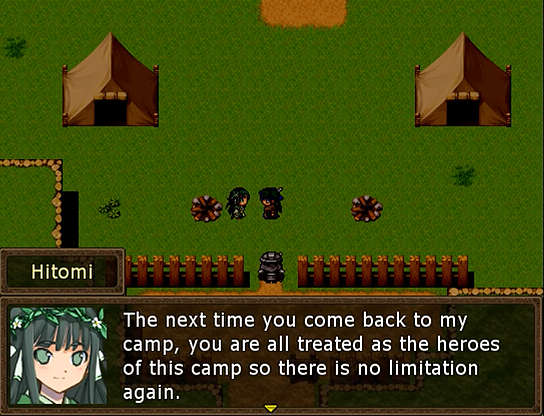
You can take their gear by brute force, or through more. Foe’s weapons are randomly selected, and in some cases, randomly buffed with abilities. Combat is turn-based, but attacks first (and how often) is determined by their “agility” and weapon.

I will not be discussing the unpatched game.Īscend the “God Tower” and collect randomly generated loot! Each floor is swarming with foes, some of whom equipped with weapons.
YGGDRASIL RPG REVIEW PATCH
Yggdrasil Chronicles will be officially released at Speil Essen, 24-27 October., 2019.I received a free, early access copy of this game for review purposes - thanks Kagura Games! For the purposes of this review, the adult patch is installed. If another god stands in this world, your action is improved if an enemy stands in that world, then your action is penalized. You can sacrifice heroes in Valhalla to remove risks or make saving throws on dice, possibly with an elf assist, but each risk you don’t prevent costs you 1 life point - and if any god runs out of life points, you lose the game.Īs for performing world actions, you can collect elves, heroes, artifact cards remove Hel’s anonymous minions or Surt’s fire giants or receive help from worldly creatures. Powerful god that you are, you always win a fight, but you suffer “risks” equal to the strength of the enemy. Whether or not an enemy is activated, you can then move - either to a different world on the same level or a different level above or below your current location - then act, either performing the action of the world in which you’re now located or fighting. If an enemy moves to where another enemy is located, that world is devastated and no action is possible there except for healing the world tree.

(Nidhögg might also trigger effects when moving to a new location.) While normally you hope to avoid duplicating an enemy, you want to double up on Nidhögg as that enemy starts on the leftmost space in your saga book, and if Nidhögg moves all the way to the tree icon, you win the game. If the enemy can’t take its action, e.g., Loki needs to place an Iotunn pawn, but none remain in Iotunheim, you lose the game. If the enemy can’t move, e.g., Surt is supposed to move up a level, but is already on the top level, you lose the game.

If this is the first appearance of this enemy this round, the player continues their turn if not, then the enemy is activated, typically moving to a different world, then taking some action. On a player’s turn, they first reveal their enemy card. Each level of the board depicts three worlds on it, and the middle board rotates.Īt the start of a round, each player places the top card of their enemy deck on the “Wheel of Enemies”. These nine worlds are represented on a three-level, 3D game board, with the board having locations for artifact cards, creature cards, hero pawns, elf pawns, anonymous pawns, and more. To set up, each player takes one of the seven Norse gods, 5-9 life points (depending on the player count), and a set of cards showing the six enemies who are attacking the nine worlds you shuffle these enemy cards and place them next to you. While it maintains the co-operative nature of the original game, Chronicles adds a brand new campaign mode with a rather expansive 50-page saga book. In Yggdrasil Chronicles, players take on the role of a mighty Norse god to face the relentless attack of evil forces who wish to destroy the world tree, Yggdrasil and bring about Ragnarok, the end of the world.įrench publisher, Ludonaute will be releasing Yggradsil Chronicles, a revamp of the 2011 hit Yggdrasil at Essen Game Fair in October.

Since the dawn of time, the last battle has been predicted. In Yggdrasil Chronicles, players take on the role of the Norse pantheon in a bid to stop the end of the world. Yggdrasil, the cosmic tree that supports the nine worlds is in jeopardy and Ragnarok is beginning.


 0 kommentar(er)
0 kommentar(er)
